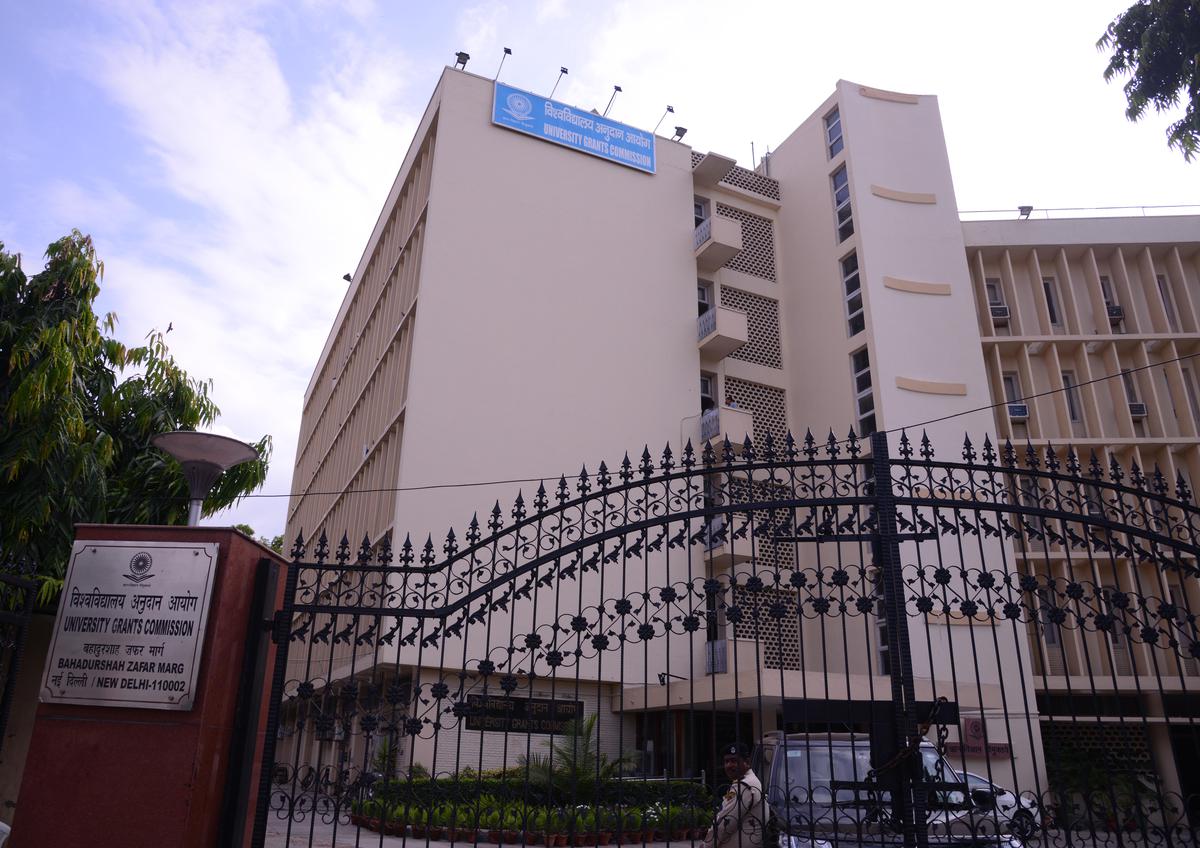SOURCE: THE HINDU
These guidelines aim to help State governments and universities frame appropriate rules and policies
The University Grants Commission (UGC) has finalised guidelines for transforming colleges and universities into multidisciplinary institutions and has prescribed three different approaches which include “clustering” of establishments located in proximity to each other.
The UGC will make public its “Guidelines for Transforming Higher Educational Institutions into Multidisciplinary Institutions” on Friday. These aim to help State governments and universities frame appropriate rules and policies. Promoting multidisciplinary institutions was a key recommendation of the National Education Policy 2020.
The UGC has suggested academic collaboration between institutions through “clusters” of higher education institutions (HEIs) in order to promote multi-disciplinary education and research in online and offline modes.
The cluster system will help single-stream institutions with poor enrolment due to lack of employment- oriented, innovative multidisciplinary courses and lack of financial resources and help such centres improve their grades in National Assessment And Accreditation Council (NAAC) accreditation, say the guidelines. They will have to design their timetable in consultation with partner institutions so that students can register for courses offered by them without facing scheduling clashes.
The member colleges in a cluster will continue to function as affiliated colleges under the university in the initial phase during which they will share their resources to offer programmes and guide student research projects. After the initial years, the affiliating university may affiliate the cluster of colleges as a single unit during which they will pass through graded autonomy before developing into an autonomous degree-granting cluster of college. These can then later evolve into Research or Teaching Universities.
The UGC has also prescribed two other approaches for existing colleges and universities to become multi-disciplinary. These include merger of single-stream institutions with other multidisciplinary institutions under the same management or different managements, as well as expanding the number of departments in a college or university by adding new subjects such as languages, literature, music, Indology, sports, etc.
Students opting for courses offered as a result of collaborations and mergers can also avail credit mobility between partnering institutions as the National e-Governance Division of the Ministry of Electronic and Information Technology (MeitY) has developed the ABC platform which allows students to open an academic account and add HEIs of interest and store credits earned from them for receiving degrees and diplomas.
The guidelines also identify student orientation programmes as an important element to familiarise them with the new options available to them.
The UGC also suggests capacity-building for faculty so that they can teach, train and research in multi-disciplinary academic programmes such as through initiatives like Annual Refresher Programme in Teaching (ARPIT) as well as investment in learning assessment tools. It has also harped on setting up Education Departments in universities and colleges that will teach curriculum design, pedagogy, communication and writing to future teachers.
The National Education Policy 2020 envisages that by 2040 all HEIs should aim to become multidisciplinary with student enrolments in thousands. It also says that more HEIs will be established and developed in underserved regions to ensure equity and inclusion and by 2030 there should be one large multi-disciplinary HEI in or near every districts and that this could be achieved by creating new institutions apart from consolidating, expanding and improving existing HEIs.

